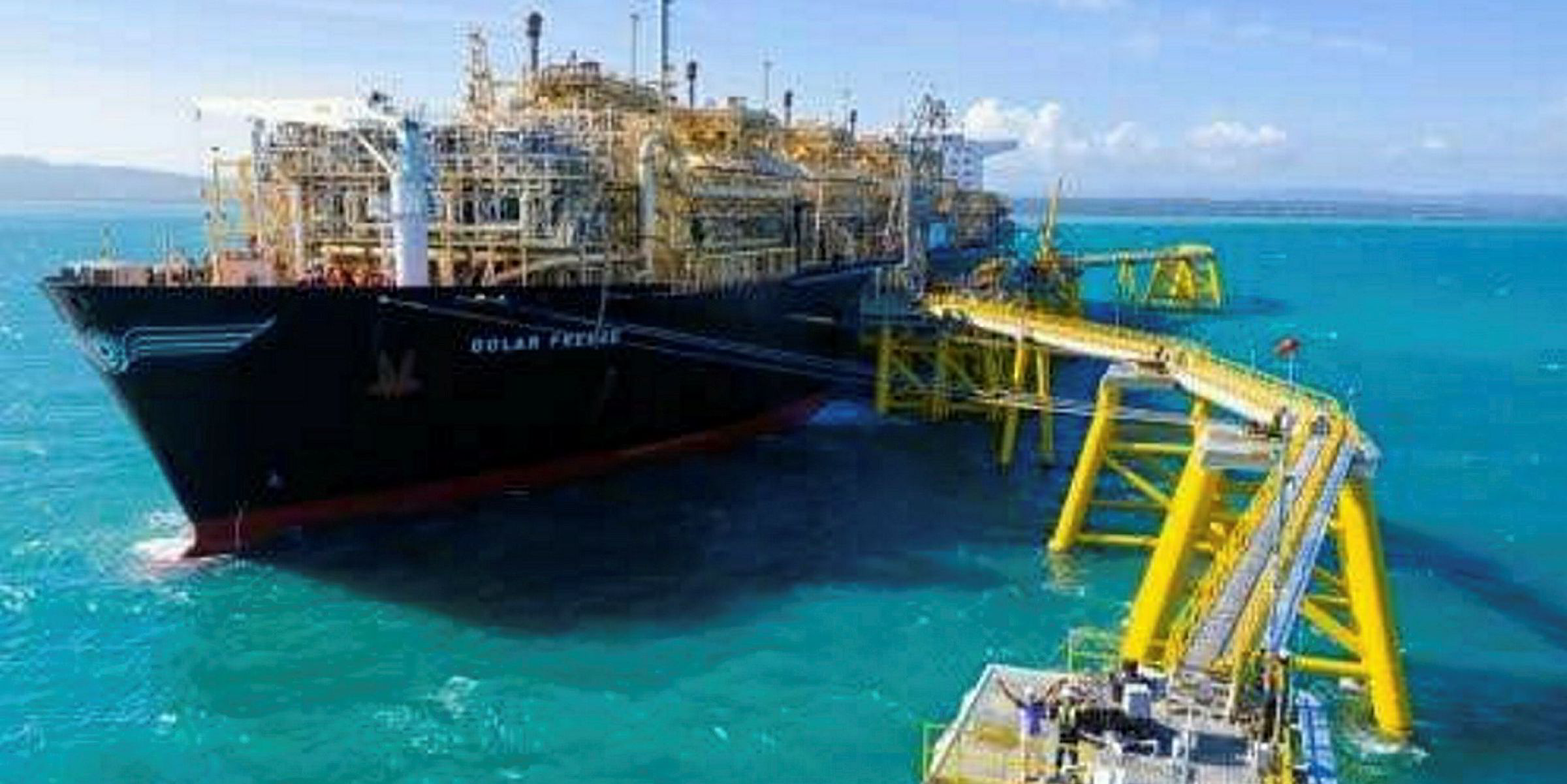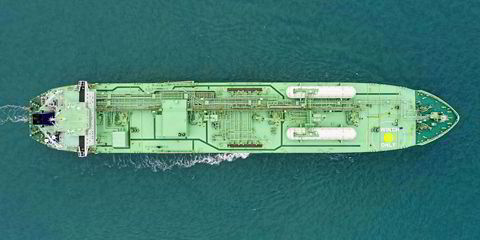New Fortress Energy is expanding its interests into LNG shipping as it grows its small-scale production and import business in the US and the Caribbean.
The newly-listed energy infrastructure company is moving to recruit a “head of shipping” to “drive the commercial aspects of the shipping business”.
The job entails chartering, buying and selling ships, along with talking to potential LNG bunkering customers and shipyards, or other sellers of vessels.
Huge responsibility
Revealing something of the scale of its shipping ambitions, New Fortress said the successful applicant will be responsible for a business book covering more than $1bn in assets.
The company said it wants the new employee to develop an LNG shipping logistics business as an ancillary service to its existing terminals and offer services including bunkering, gassing up and cool-down for vessels, with the potential to ship spot cargoes.
New Fortress also indicated it could be planning to order its own small-scale LNG vessels directly, with its new head of shipping being required to evaluate the company’s own newbuildings over chartered-in vessels.
Wes Edens leads the company, which describes itself as having “robust plans for future growth”.
New Fortress said its aim is to use stranded gas to develop power needs, particularly in countries where there are key anchor customers.
Ramping up projects
On an earnings call last month, Edens talked up the potential for using LNG to fuel onshore vehicles and for marine bunkering.
New Fortress is ramping up two LNG import projects in Jamaica, where it is using floating storage and regasification units in combination with small-scale LNG carriers, and expects to bring on two more in other locations within the next 12 months.
Chief development officer Brannen McElmurray said the company expects to complete its under-construction, $118m fuel handling plant in Puerto Rico in the third quarter. He said this will be a “hybrid terminal” offering floating storage and onshore regasification.
The company is repeating this formula with another $132m LNG import terminal and power plant at La Paz in Mexico, which is due to be operational in the second quarter of next year.






